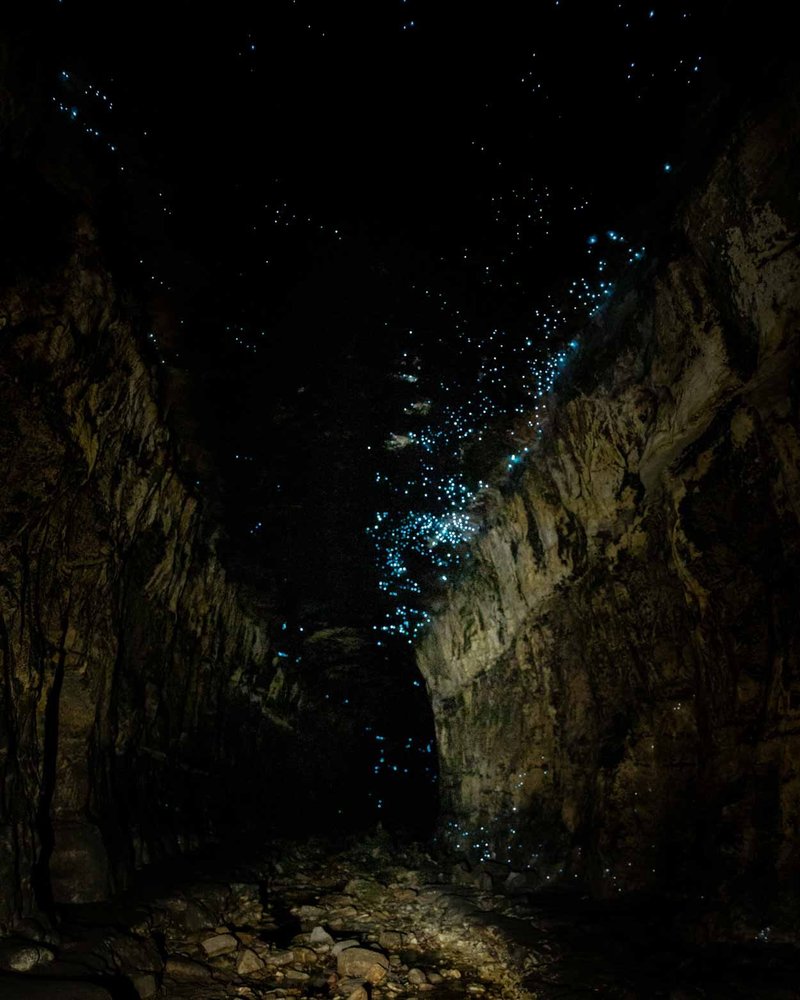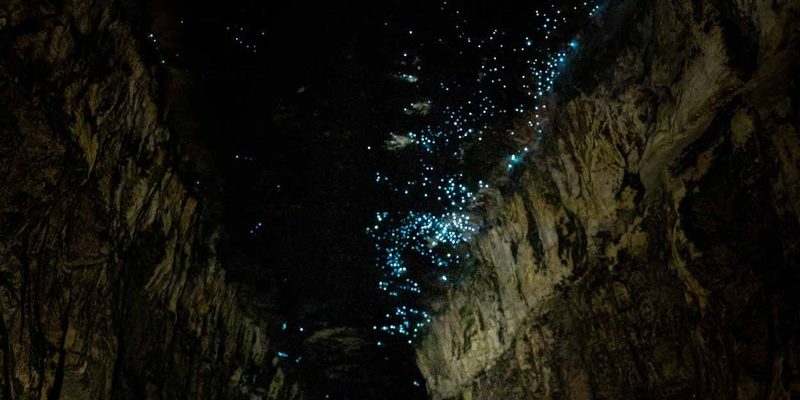
Imagine walking through a dark, moist cave and suddenly spotting a soft, greenish glow illuminating the walls. That’s the work of glow worms, which are actually the larvae of a type of fly known as the *Lampyridae*. They are not just lighting up for show; their glimmer plays a crucial role in their survival and social interaction. Much like how we gravitate toward warm, inviting spaces, these little critters create their own enchanting ambiance, making them both captivating and mysterious.
What Are Glow Worms and Where Do They Live?
Glow worms, or *Arachnocampa luminosa*, are fascinating creatures that spend most of their lives in the larval stage. They thrive in humid environments, often found in caves, overhanging cliffs, and other damp, dark habitats. These particular habitats are vital because they provide the dampness glow worms need for their silk threads, which they use to catch food. Think of their home as a cozy little workshop where they weave silk to trap unsuspecting prey.
These silk threads, often mistaken for fishing lines, hang down from the ceilings of caves. The glow emitted from the worms attracts insects like moths, which become ensnared by the sticky silk strands. The glow worms then consume their catch, ensuring their survival. It’s a captivating survival strategy—a true testament to how nature has equipped them with unique tools to thrive in their environment.
Moreover, the habitats glow worms choose are critical for their life cycle. After spending several months feeding and growing in the larval stage, they emerge as adults to mate and lay eggs. This cycle of life not only supports their species but also contributes to the delicate ecosystem surrounding them.
Understanding Their Bioluminescence
Now that we’ve touched on where they live, let’s talk about that stunning glow. Bioluminescence in glow worms is a natural wonder. They produce light through a chemical reaction in their bodies, involving a substance called luciferin and an enzyme called luciferase. When these two elements react, light is produced without generating heat, a process known as “cold light.”
So, why do they glow? Essentially, their bioluminescence serves two main purposes: attracting prey and signaling to other glow worms. The glowing light beckons insects into their web-like silk traps, making it easier to catch food. It’s like having a neon sign advertising a delicious meal.
In addition to attracting prey, that glow acts as a beacon for communication among the colony. When one glow worm lights up, it can trigger a chain reaction of glowing in others nearby. You might be wondering how they manage to synchronize their glowing. Well, scientists believe it’s an instinctive behavior that helps strengthen the colony, making it a more effective hunting unit. The synchronized glow ensures that even if one individual doesn’t catch something, others in the colony may benefit, creating a sense of community and support.
Social Structure and Interactions
Glow worms are not solitary creatures. They thrive in colonies where social structure plays an important role. Living in groups provides several advantages, such as increased hunting success and protection from predators. This communal lifestyle mirrors that of many other species in the animal kingdom, where living together can enhance survival chances.
Within these colonies, glow worms exhibit a fascinating dynamic. The stronger, more established glow worms tend to glow brighter than younger or weaker ones. This hierarchy can impact food gathering and reproduction. The brightness of a glow worm can signal its health and vitality, attracting potential mates. In this way, light serves as both a lure for prey and a means of communication among the colony.
Interestingly, the presence of other glow worms can also affect the glow intensity of each individual. You might see a scenario where a weaker glow worm adapts its glow based on the intensity of its neighbors. That’s a remarkable example of how they interact and influence one another.
The Life Cycle of Glow Worms
The life cycle of a glow worm is incredibly intriguing and marked by distinct phases: egg, larva, pupa, and adult. After mating in the adult stage, female glow worms lay their eggs in damp, sheltered areas, often on substrates like rocks or in crevices.
Once the eggs hatch, the **larvae** emerge and begin their life as the glowing wonder we admire. They start forming their silk threads and glowing to attract prey. This larval stage can last several months, with the glow serving dual purposes—hunting and communicating. Interestingly, the glows might vary in intensity based on the growth of the larvae and the competition for resources within the colony.
After a period of growth, these larvae enter the **pupal** stage, which is a crucial transformation phase. They develop a cocoon, similar to many other insects, where they’ll undergo metamorphosis. This stage is significant as it prepares them to break free into the adult stage, which has very different life demands. Once they emerge as adults, their primary goal is to mate. The adult glow worms do not glow, which emphasizes how much of their life’s charm lies in the larval stage.
Why Do Glow Worms Matter to the Ecosystem?
Understanding glow worm behavior is not just about appreciating their beauty; it’s also about recognizing their role in the ecosystem. Glow worms serve as indicators of environmental health. Their presence in an area signifies a healthy, balanced ecosystem, as they thrive in clean, unpolluted environments.
Additionally, they play a role in the food chain. Their silk attracts various insects, providing a food source for predators and contributing to biodiversity. This interconnectedness is vital for the stability of the habitats they occupy. By studying glow worms, researchers gain insights into environmental changes and the impacts on various species within the ecosystem.
Moreover, glow worms have cultural and economic significance. They attract tourists to caves, and their mesmerizing light shows contribute to local economies. This admiration for glow worms can lead to conservation efforts aimed at protecting their habitats, ensuring these enchanting creatures continue to thrive for future generations.
The intricate behavior of glow worm colonies offers a glimpse into the wonders of nature. From their enchanting bioluminescence to their social interactions, these tiny creatures are more than just a beautiful sight—they are a crucial part of their ecosystems. Understanding their behavior helps us appreciate their role in nature and the importance of conserving their habitats.
So, the next time you find yourself in a dark cave, watching those mesmerizing lights, remember that there’s a whole community of glow worms lighting up the night. Their dance isn’t just a show; it’s a testament to nature’s incredible adaptability and the enduring beauty of life’s interconnectedness.

